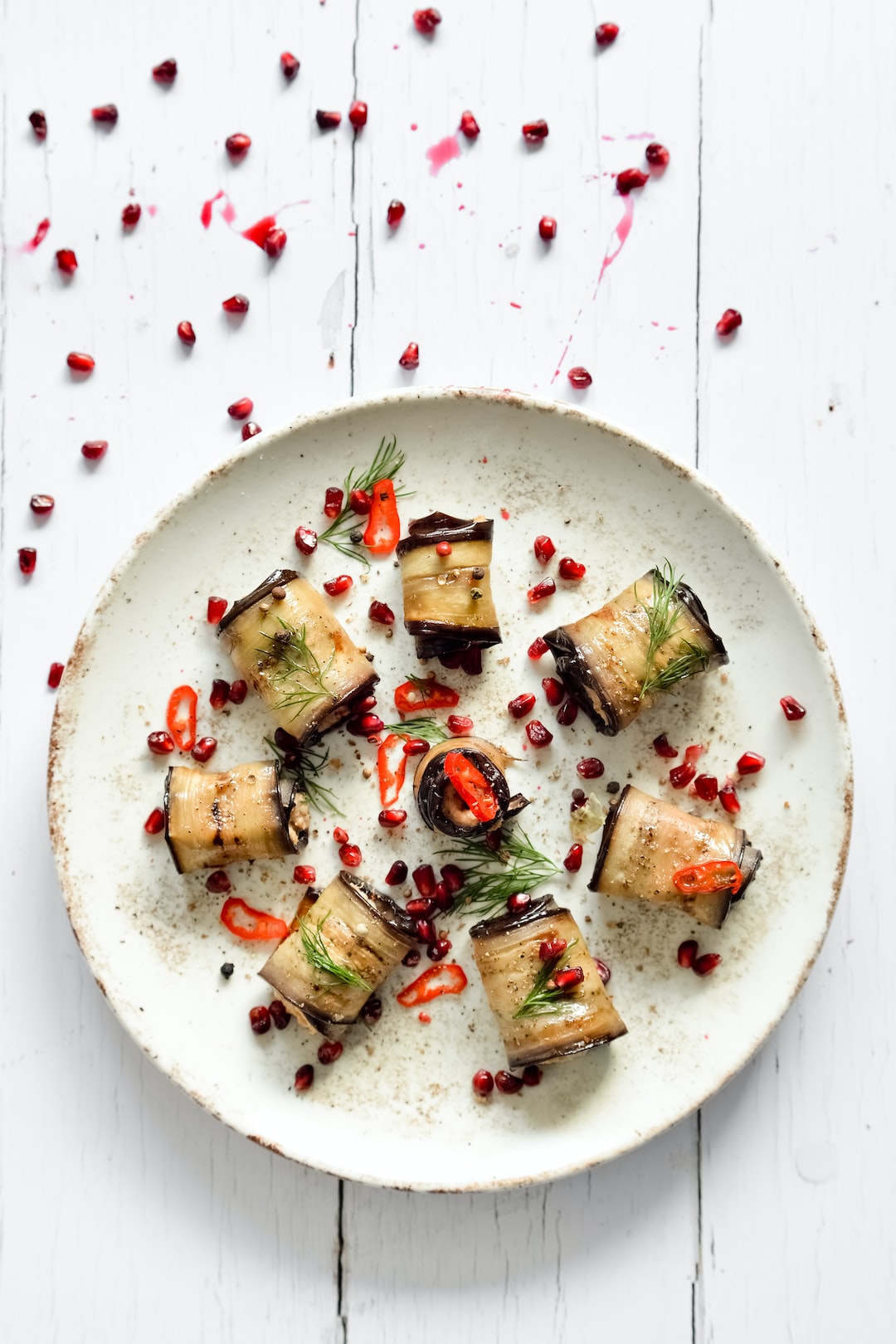The world of pickles and fermented foods is a fascinating and diverse one. From tangy sauerkraut to spicy kimchi, these foods have been enjoyed by cultures around the world for thousands of years. But what makes them so special? Why do people go to such great lengths to ferment their food? Let’s explore the wonders of fermentation and uncover the secrets behind these delicious delicacies.
Fermentation is a process that involves the breaking down of complex molecules in food by microorganisms like bacteria, yeast, or fungi. This transformation results in the creation of new flavors, textures, and aromas. The most common types of fermentation used in food production are lactic acid fermentation and acetic acid fermentation.
Lactic acid fermentation is responsible for the tangy taste in foods like pickles, sauerkraut, and yogurt. During this process, bacteria convert sugars into lactic acid, which not only acts as a natural preservative but also gives the food its distinctive sour flavor. This fermentation method is widely used in many cultures, as it not only extends the shelf life of food but also enhances its nutritional value by increasing the bioavailability of vitamins and minerals.
Acetic acid fermentation, on the other hand, is used to produce vinegar and some types of pickles. This process occurs when bacteria convert alcohol into acetic acid, resulting in the tangy taste present in these foods. Vinegar is not only a flavorful addition to salads and dressings but also has mild antiseptic properties, making it a valuable ingredient in natural cleaning products.
Apart from their unique flavors, fermented foods also offer a myriad of health benefits. The bacteria present in these foods are known as probiotics, which have been shown to promote a healthy gut microbiome. A balanced gut microbiome is crucial for optimal digestion, immune function, and mental well-being. Additionally, fermented foods are often easier to digest as the fermentation process partially breaks down complex carbohydrates and proteins, making them more bioavailable.
Perhaps the most exciting aspect of fermentation is the endless possibilities it presents for culinary creativity. From experimenting with different vegetables and spices for homemade pickles to exploring the world of kombucha brewing, there is always something new to discover. Home fermentation is an ancient tradition revived in modern times, and it allows individuals to take control of their own food production, ensuring the use of high-quality ingredients and avoiding unnecessary additives.
In conclusion, the wonders of fermentation are vast and varied. From the tangy punch of sauerkraut to the complex flavors of miso and soy sauce, fermented foods have captivated our palates for centuries. With their health benefits, culinary versatility, and a sense of connection to the past, it’s no wonder that people continue to explore the world of pickles and fermented foods. So why not embark on your own fermentation journey? You might just uncover a whole new world of flavors and experiences.
